Are you ready to dive into the dynamic world of app development? Picture this: you have a brilliant idea for a marketplace app that could revolutionize the way people buy and sell products or services. But before you embark on this exciting journey, you’re probably wondering, “How much does it cost to develop a marketplace app?” The cost of marketplace app development range from as low as $25,000 to as high as $1,00,000, is a pivotal factor to consider. Developing a marketplace app is like crafting a masterpiece – it requires meticulous planning, coding wizardry, and a dash of creativity. Whether you’re envisioning the next eBay, Airbnb, or Amazon, understanding the cost is the first step towards turning your dream into reality.
Now, you might be thinking, cost to build an affordable fintech app? That’s a valid question because every penny counts in the world of app development. We’ll explore how to strike the perfect balance between innovation and affordability while building your marketplace app. Get ready to unravel the mysteries of budgeting, development phases, and the key factors that influence the final price tag.
So, fasten your seatbelt as we take you on an exhilarating ride through the intricate landscape of marketplace app development costs. By the end of this journey, you’ll be armed with the knowledge needed to bring your vision to life without breaking the bank. Let’s get started!
What is a Marketplace App?
A marketplace app is like a digital shopping mall. You’ve got different “shops” or sellers offering their goods or services, and on the other side, you have people like you and me, looking to buy something. The app brings everyone together in one place, making it easy to browse, compare, and make purchases.
Think of some of the apps or websites you might have used or heard of. Names like Amazon, where you can buy almost anything under the sun; Etsy, a go-to place for handmade or vintage items; Uber, where instead of buying products, you’re “buying” a ride from one place to another; or Airbnb, where people rent out their homes or rooms to travelers. All of these are examples of marketplace apps.
In a nutshell, a marketplace app is a platform where buyers meet sellers. It’s a convenient, often fun way of shopping or accessing services from the comfort of, well, anywhere.
Also Read: How Much Does It Cost to Build a Dating App? A Comprehensive Guide
Why Marketplace Apps Matter Today?
Ever stopped to think about how our grandparents shopped? Picture long walks to multiple stores, haggling over prices, and the joy of finding that perfect item after hours of searching. Fast forward to today, and the game has entirely changed. Enter: Marketplace apps.
Now, imagine sitting on your cozy couch, sipping a cup of coffee, and having the world’s marketplace at your fingertips. Sounds dreamy, right? That’s the magic of marketplace apps. But let’s dive deeper into why these digital platforms are making such a splash in today’s world.
Convenience is King
Firstly, and most obviously, it’s all about convenience. No longer do you need to brave the weather, push through crowded stores, or stress about store timings. Want to shop at midnight in your PJs? Go right ahead!
Choices, Choices, and More Choices
Gone are the days when you had to settle for what’s available. Marketplace apps bring a plethora of options right to your screen. From vintage collectibles in a tiny shop across the world to the latest gadget from a major brand, it’s all within reach.
Beyond Borders
Speaking of across the world, these apps have truly globalized shopping. Fancy a special kind of cheese only made in a small French town? Or how about handcrafted decor from a local artist in Indonesia? Add to cart, and it’s on its way!
Safe and Secure
With advancements in technology, marketplace apps also offer secure transactions. So, while you’re splurging on that limited-edition item, rest easy knowing your bank details are safe.
Tailored for You
Remember walking into your favorite local store and the owner suggesting products based on what you like? Digital marketplaces do the same, but with algorithms! The more you shop, the better they understand your tastes, curating a personalized shopping experience just for you.
Eco-Friendly Options
Lastly, in an age where we’re becoming increasingly conscious of our environmental footprint, digital shopping can be a greener choice. Fewer trips to physical stores mean less carbon emissions from vehicles. Plus, many marketplaces now promote eco-friendly products or sustainable practices.
What are the Types of Marketplaces?
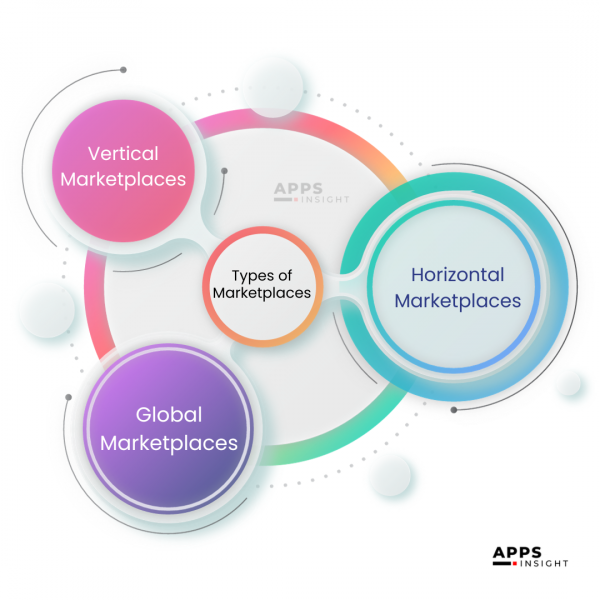
When we dive into the vast world of digital marketplaces, it’s not a one-size-fits-all scenario. Like ice cream flavors, there’s a variety to suit every taste. Let’s scoop into the main types, shall we?
Here are three main types of marketplaces you should know about:
1. Vertical Marketplaces
Imagine you’re in a shoe store. They only sell shoes, right? That’s what a vertical marketplace is like. It focuses on one specific type of product or service. So, if you’re looking for a marketplace that specializes in, let’s say, vintage watches, a vertical marketplace will be your go-to. It’s like going to a bakery when you’re in the mood for some freshly baked bread.
For example:
- Etsy: While it has a range of products, they all cater to the handmade, vintage, and unique.
- Grailed: A marketplace purely dedicated to men’s fashion, especially rare and high-end pieces.
- StockX: All about sneakers and streetwear, providing a space for buyers and sellers of these specific items.
In essence, when you want something specialized, a vertical marketplace like a unique boutique store is where you’d look.
2. Horizontal Marketplaces
Now, think of a mall. Inside, there are stores selling shoes, clothes, electronics, and more. That’s your horizontal marketplace. They offer different products or services, but they have something in common. Maybe they cater to a particular demographic or fit within a certain price range. It’s a bit like visiting a flea market, where you can find a variety of items, but they all have that unique, vintage vibe.
For example:
- Amazon: Sells everything from books to electronics, catering to a broad audience but providing different product categories.
- eBay: A platform where you can get antique furniture or the latest tech gadgets. The common factor? They’re all being auctioned or sold directly.
- Walmart’s online marketplace: While Walmart is a physical retail giant, their online platform offers a wide range of categories, just like their stores.
It’s like a one-stop-shop; whatever you need, a horizontal marketplace probably has it.
3. Global Marketplaces
The name says it all. Imagine a giant virtual shopping mall that spans across continents. These marketplaces are open to buyers and sellers from all over the world. It’s like having a ticket to a global shopping festival. You can find almost anything, from anywhere, be it a handmade craft from Africa or a high-tech gadget from Japan.
For example:
- Alibaba: A giant platform connecting international buyers with Chinese wholesalers and manufacturers.
- AliExpress: Like its sibling Alibaba, but caters more to individual buyers, offering a plethora of products from various global sellers.
- ASOS: This fashion platform might be UK-based, but it ships globally, offering fashion finds from various parts of the world.
When you shop here, it’s like taking a virtual trip around the world.
Looking for VR Game development? VR Game Development Cost: Is It Worth the Investment?
Factors that Affect the Marketplace App Development Cost
There are several factors that can affect the price of creating a marketplace app. Let’s break it down!
1. Choice of Platform: iOS or Android?
iOS: On average, developing for the Apple ecosystem can be a tad pricier, often due to the stringent guidelines set by the App Store. Let’s ballpark it around $40,000 to $1,50,000 for a basic app.
Android: Given the diverse range of devices, development can be trickier but offers a broader reach. The cost? Roughly between $25,000 to $1,00,000 for a basic version.
2. Features and Functionalities: How Fancy Do You Want to Get?
Basic Features (User profiles, search functions, etc.): Think of this as the base layer of your cake. It’s essential, and it’ll cost you somewhere in the neighborhood of $15,000 to $35,000.
Advanced Features (Chat systems, AI recommendations, etc.): This is the cherry on top! These can elevate user experience but will also increase the price, typically around $40,000 to $80,000.
3. Design Complexity: Plain Jane or Dressed to Impress?
Simple Design: A minimalist approach can still be effective and might cost you between $5,000 to $15,000.
Elaborate Design: Going for the wow factor? A more intricate design can run you anywhere from $20,000 to $50,000.
4. Location of Development Team: Home or Abroad?
Local Teams: Hiring domestically might be convenient, but it often comes with a heftier price tag. Depending on your location, this can average $50,000 to $150,000.
Overseas Teams: Opting for teams from regions with lower living costs can save you some serious dough. Here, you might be looking at $25,000 to $75,000 on average.
5. Experience of Developers: Novice or Veteran?
Newbies: Fresh talents can be enthusiastic and cost-effective, averaging $10,000 to $30,000 for a basic marketplace app.
Seasoned Pros: The cream of the crop with years under their belt will ensure quality but at a premium, usually between $40,000 to $120,000.
6. Time Duration: A Sprint or a Marathon?
Quick Development: Rushing can sometimes compromise on quality. However, if speed is what you’re after, a fast-tracked project might cost around $30,000 to $60,000.
Extended Timeline: Giving developers ample time to perfect the app will lead to a more polished product. This can set you back $40,000 to $100,000 or more, depending on specifics.
So, you need the right balance of ingredients to ensure your marketplace app is both delightful and cost-effective. Adjust based on your budget, and remember, quality is an investment.
Are you interested to know? How Much Does It Cost to Outsource App Development? A Comprehensive Guide
Marketplace App Development Cost at a Glance
| Factor | Description | Average Cost |
|---|---|---|
| Choice of Platform | ||
| – iOS | Development for Apple ecosystem | $40,000 to $1,50,000 |
| – Android | Development for diverse Android devices | $25,000 to $1,00,000 |
| Features and Functionalities | ||
| – Basic Features | User profiles, search functions, etc. | $15,000 to $35,000 |
| – Advanced Features | Chat systems, AI recommendations, etc. | $40,000 to $80,000 |
| Design Complexity | ||
| – Simple Design | Minimalistic approach | $5,000 to $15,000 |
| – Elaborate Design | Intricate and high-end designs | $20,000 to $50,000 |
| Location of Development Team | ||
| – Local Teams | Hiring within your region/country | $50,000 to $150,000 |
| – Overseas Teams | Opting for overseas developers | $25,000 to $75,000 |
| Experience of Developers | ||
| – Newbies | Fresh talents out of training/school | $10,000 to $30,000 |
| – Seasoned Pros | Highly experienced developers | $40,000 to $120,000 |
| Time Duration | ||
| – Quick Development | Fast-tracked projects | $30,000 to $60,000 |
| – Extended Timeline | Ample time for a polished product | $40,000 to $100,000 |
Stages of Marketplace App Development
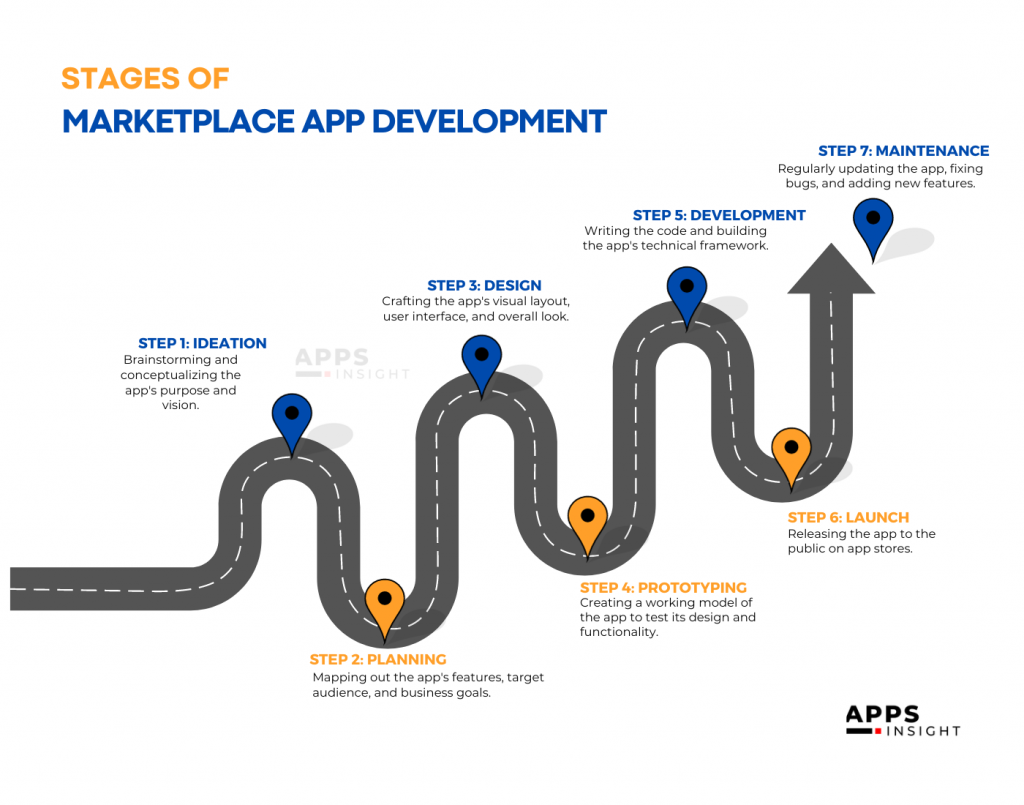
From idea to launch, there’s a step-by-step process. Let’s dive into these crucial stages to understand better.
- Ideation: Brainstorming and conceptualizing the app’s purpose and vision.
- Planning: Mapping out the app’s features, target audience, and business goals.
- Design: Crafting the app’s visual layout, user interface, and overall look.
- Prototyping: Creating a working model of the app to test its design and functionality.
- Development: Writing the code and building the app’s technical framework.
- Launch: Releasing the app to the public on app stores.
- Maintenance: Regularly updating the app, fixing bugs, and adding new features.
Essential Functions Every Marketplace App Needs
At the heart of every successful marketplace app are some core functions. Let’s see!
User Registration & Profiles
Before anything, users need to tell you who they are! This is their digital ID card. It’s simple: no ID, no entry. It allows both buyers and sellers to have a space of their own, making transactions smoother and more personalized.
Search & Filtering Options
Imagine going to a mall with no shop names or signs. Crazy, right? Your users need tools to find what they’re looking for swiftly. This feature is like giving them a digital magnifying glass.
Product Listings
Sellers should showcase their wares, right? This function is like a digital display window. Detailed descriptions, images, prices – all these make up a perfect product listing.
Payment Gateways
Ah, the grand finale – the transaction! You need safe, secure, and diverse payment options. It’s like offering both cash and card payment at a physical store, but all digital.
Reviews & Ratings
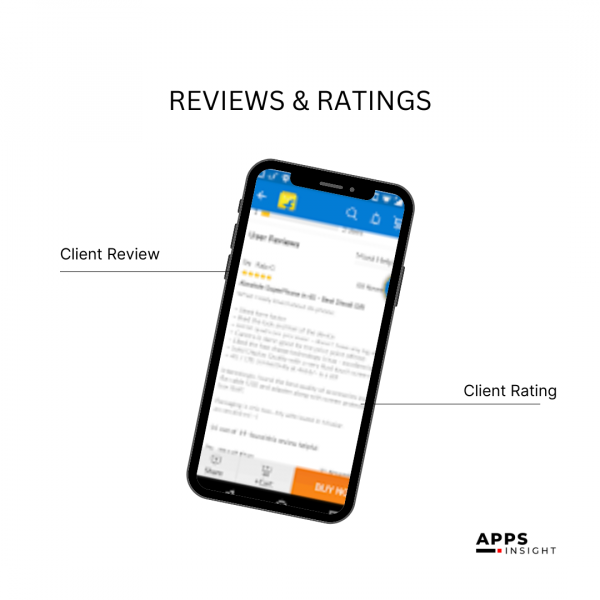
Ever bought something just because a friend raved about it? Reviews and ratings are the digital version of that. They build trust and let users know what’s hot and what’s not.
Messaging & Communication
Buyers and sellers need to chat, discuss, and sometimes haggle. A built-in chat feature is like a cozy coffee shop corner where they can converse.
Notifications & Alerts
Users should be in the know! Whether it’s a sale, a message, or a product update, this function keeps users updated. Think of it as those announcement speakers in a supermarket.
5 Simple Ways to Save Money on Marketplace App Development
Creating a marketplace app can be an expensive endeavor, but with some savvy strategies, you can cut down those towering costs. Here’s how:
- Go Lean with MVP: Before diving into the deep end, test the waters with a Minimum Viable Product (MVP). An MVP allows you to introduce the core features of your app to the audience, gather feedback, and refine your product. It’s kind of like giving a taste test before preparing a full meal.
- Outsource Smartly: Hiring local can be pricey. By outsourcing some or all of your development tasks to regions with lower development costs, you can save a bundle. It’s like buying a designer dress from an outlet store – same quality, but more pocket-friendly.
- Open Source Tools: There’s a wealth of open-source tools available that can drastically reduce your development costs. Think of them as hand-me-downs: they’ve been tried, tested, and are ready for a second round.
- Avoid Over-customization: While having unique features can set you apart, unnecessary customizations can quickly escalate costs. Keep it simple. It’s like decorating a room – sometimes, less is more appealing.
- Regular Monitoring & Feedback: Instead of waiting until the end to identify issues, adopt a continuous feedback mechanism. This can help in rectifying errors in real-time, avoiding costly mistakes in the long run. Think of it as proofreading a page after writing each paragraph, rather than waiting until the end of the book.
While it’s great to save money, ensure you’re not compromising on the quality or core functionalities of your marketplace app. After all, it’s about delivering value to your users.
Final Thoughts
Marketplace apps are the future, but they come at a price. However, with the right strategies and choices, you can achieve your dream without burning a hole in your pocket. Dive in, but dive smart.
FAQs
How long does it typically take to develop a marketplace app?
It varies but can take anywhere from a few months to over a year, depending on complexity.
Is it better to start with an MVP?
Yes, starting with an MVP helps in understanding user needs better and can be cost-effective.
Why is the location of the development team crucial?
Different regions have different cost structures. Outsourcing can be more budget-friendly.
How often should a marketplace app be updated post-launch?
Regular updates, at least every 2-3 months, are recommended for the best user experience.
Can I start with one platform (iOS or Android) and expand later?
Absolutely! Many businesses start with one and expand based on initial feedback and success.


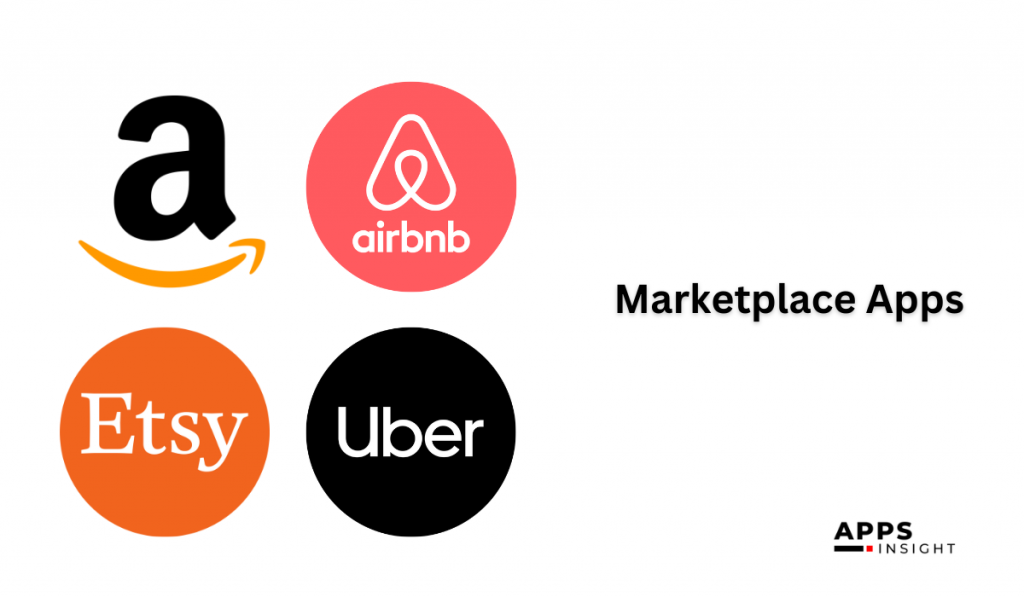
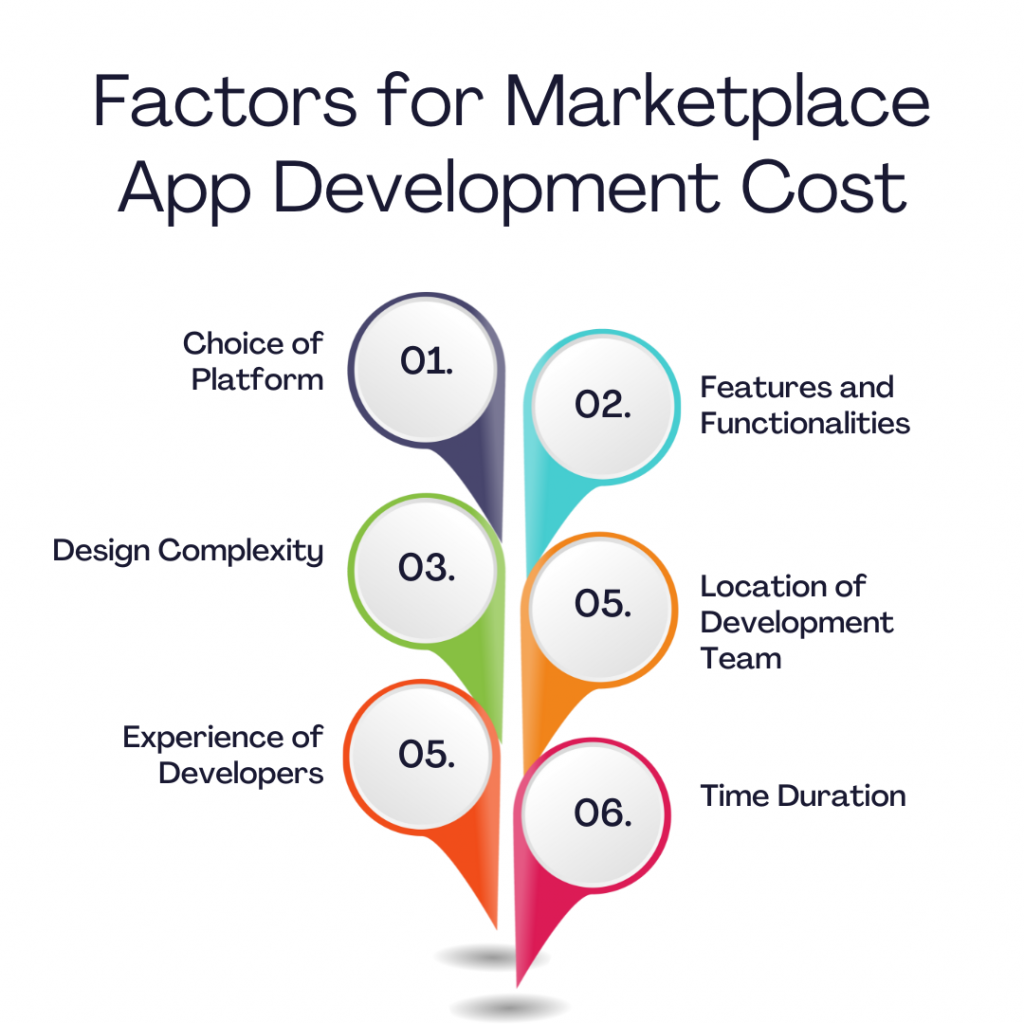
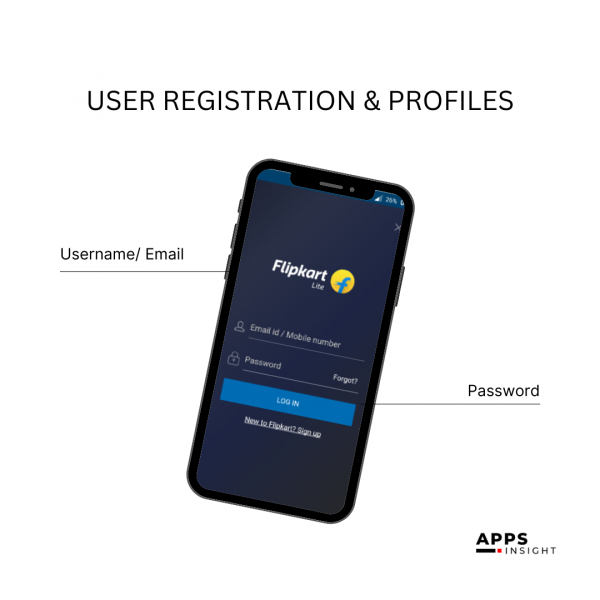
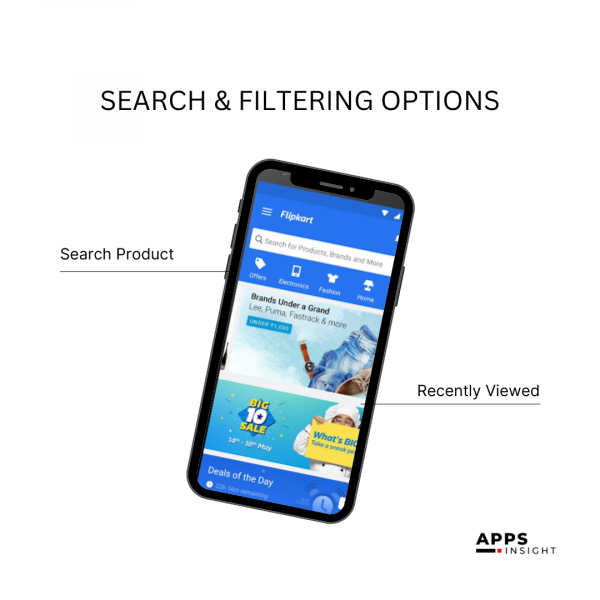
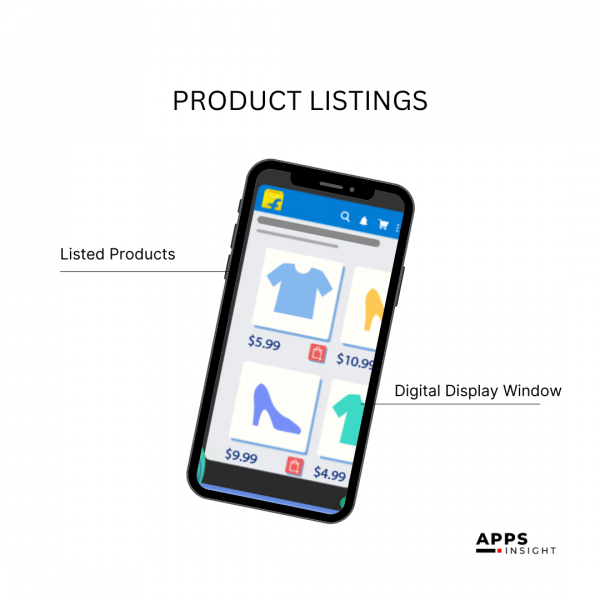
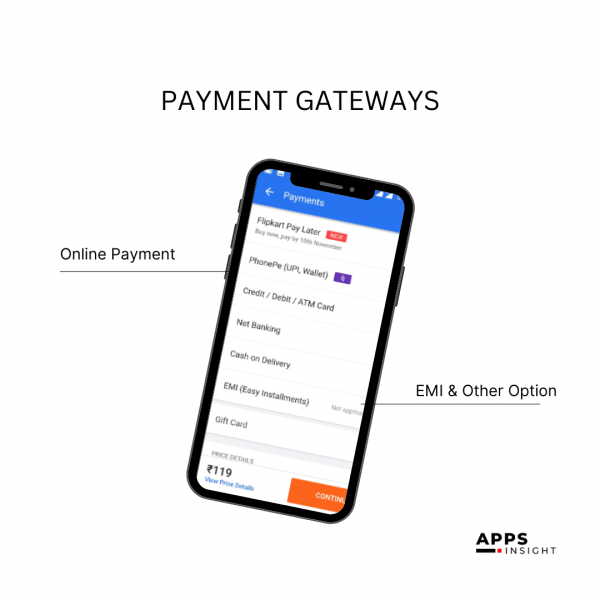
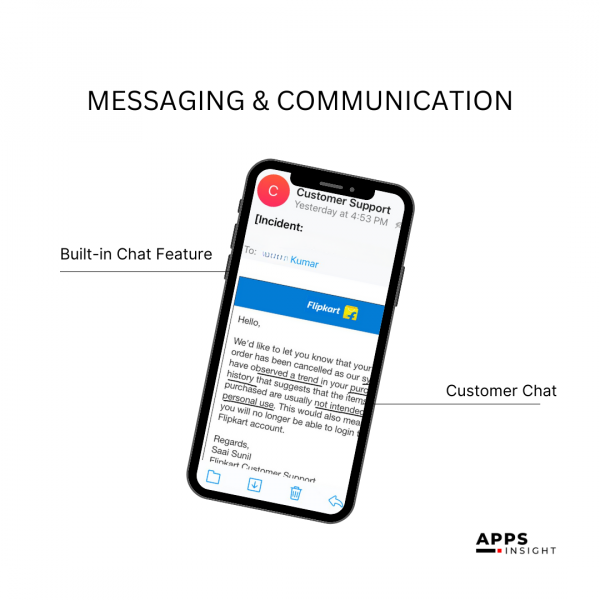
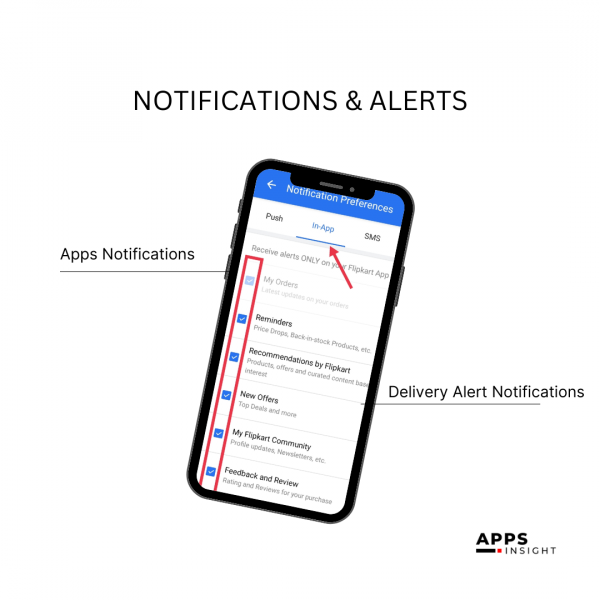
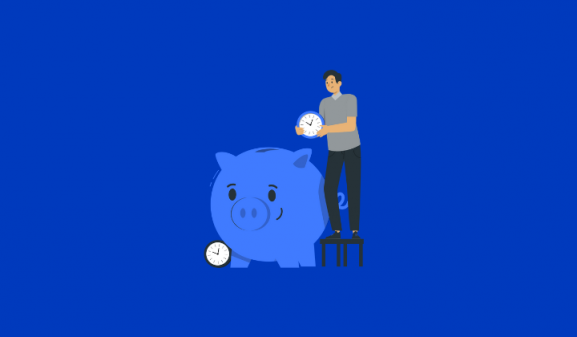
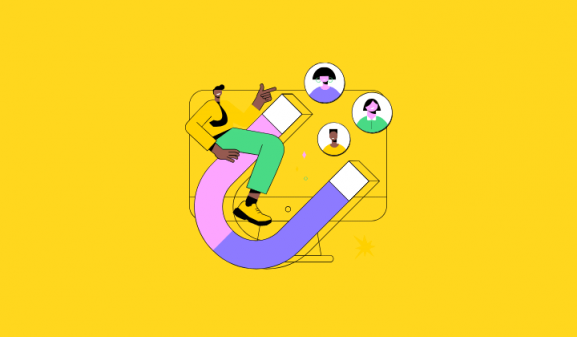
Pingback: How Much Does It Cost to Develop an NFT Marketplace in 2023?
Pingback: A Comprehensive Guide To OTT App Development With Estimated Cost
Pingback: How Much Does It Cost to Outsource App Development? A Comprehensive Guide
Pingback: 7 Best Church Management Software 2024
Pingback: How Much Does Weather App Development Cost?
Pingback: How to Create an Online Marketplace Using WordPress? » Apps Insight
Pingback: App Marketing Costs in 2024: How Much Does It Cost To Promote A Mobile App?
Pingback: How Much Does It Cost to Build a Dating App? Guide - 2024